
Hue University.
In this ranking, in addition to the 5 universities that were ranked in the previous ranking (Duy Tan University, Ton Duc Thang University, Hanoi National University, Ho Chi Minh City National University, Hanoi University of Science and Technology), Vietnam has 1 more ranked unit, Hue University.
This year, Hanoi National University has increased from the 951-1000 group to the 851-900 group of the world's best higher education institutions. In particular, Hanoi National University continues to be highly appreciated by employers when the two criteria with the highest scores are "Recruitment reputation" (ranked 472nd in the world) and "Recruitment results" (ranked 202nd in the world - an increase of 197 places compared to the previous ranking).
The “Employability Outcomes” criterion is evaluated through two indicators: “Alumni Impact” and “Graduate Employment”. In which, the “Alumni Impact” index is calculated by measuring the outstanding achievements and influence of alumni (international awards such as Nobel, UNESCO; being a member of the board of directors of companies on 38 global stock exchanges; being on the Forbes and Time lists; being leaders of important global non-governmental organizations and holding important positions in national governments).
Ho Chi Minh City National University also rose in the rankings, at 901-950 (last year in the 951-1,000 group) of the best universities in the world. Ho Chi Minh City National University has 3/9 criteria in the top 500 in the world, including: Recruitment reputation (rank 389), Graduate employment rate (rank 466) and Academic reputation (rank 481).
The rankings of other Vietnamese universities include: Duy Tan University (position 495 – last year’s position was 514); Ton Duc Thang University (711-720 – last year’s position was 721-730); Hanoi University of Science and Technology and Hue University are both in the 1201-1400 group.
QS WUR 2025 is the second time QS uses a new set of 9 criteria and there is no change in weight compared to the previous ranking, including: Academic reputation; Recruitment reputation; Ratio of scientists/students; Number of citations/scientific staff; Ratio of international scientists; Ratio of international students; International research network; Employment rate of graduates; Sustainable development.
In this ranking, QS ranked 1,503 higher education institutions (including 21 first-time ranked higher education institutions) out of a total of 5,663 participating higher education institutions from 106 countries and territories.
Southeast Asia has 84 universities ranked in the QS WUR 2025. Of which, Malaysia is the Southeast Asian country with the most ranked institutions (28), followed by Indonesia (26), Thailand (13), Vietnam (6), Philippines (5), Singapore (4) and Brunei (2). Although only 4 universities are ranked, Singapore still shows its leading position with 2 universities in the world group of 20: National University of Singapore (NUS) ranked 8th and Nanyang Technological University (NTU) ranked 15th.
In the world top 10, educational institutions from the UK and the US continue to maintain their positions, with each country having 4 universities in the top 10. The Massachusetts Institute of Technology (MIT) in the US has maintained its number 1 position for the 12th consecutive year; Imperial College (UK) holds the 2nd position in the QS WUR 2025 rankings.
Source























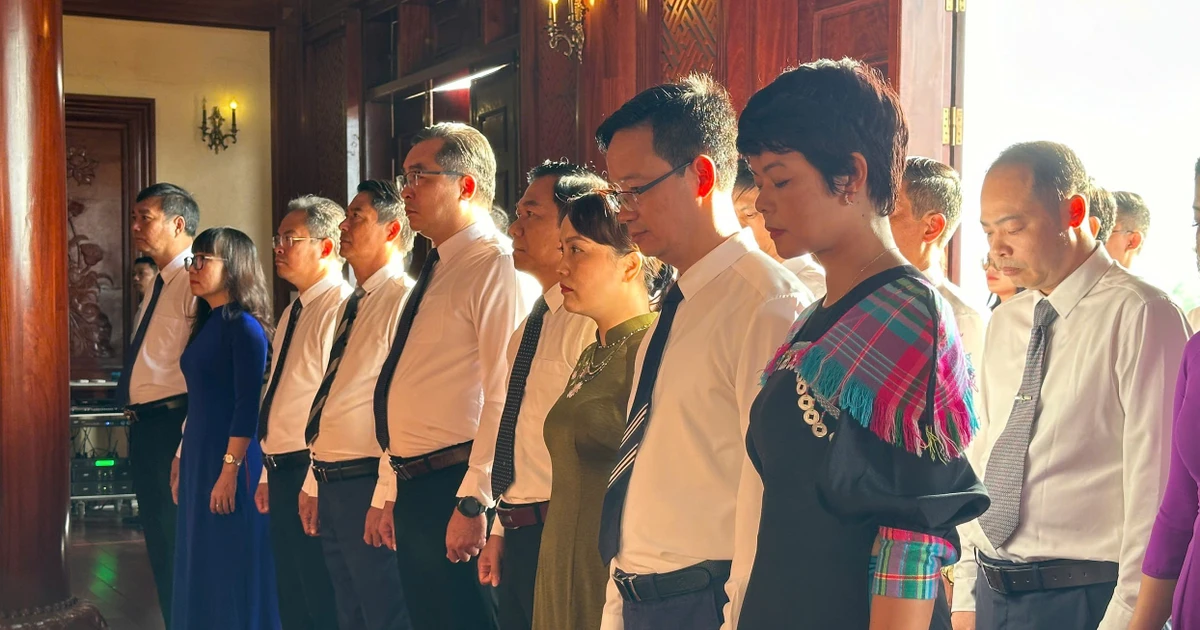







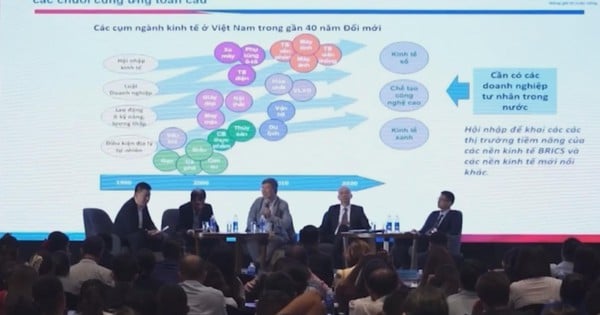

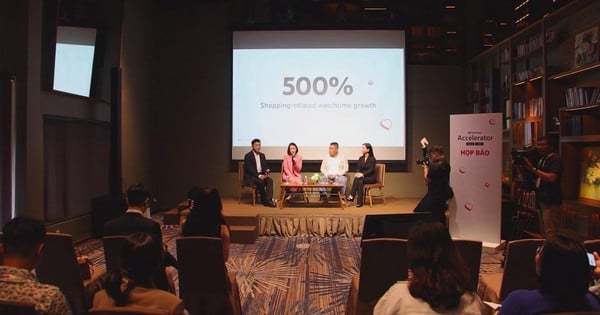

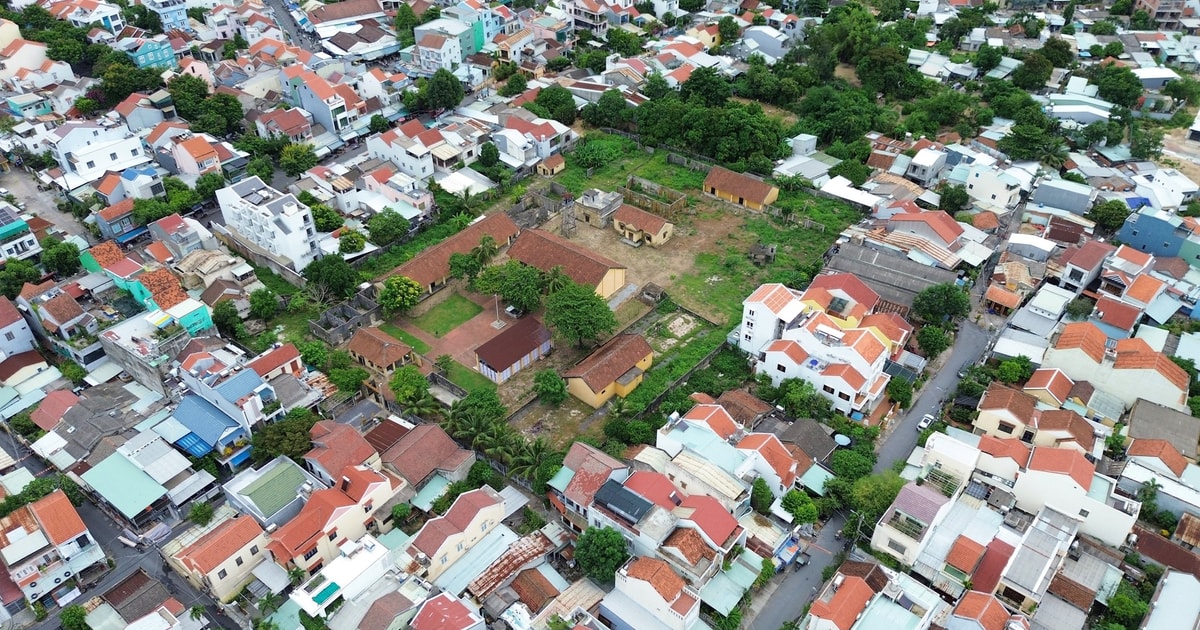



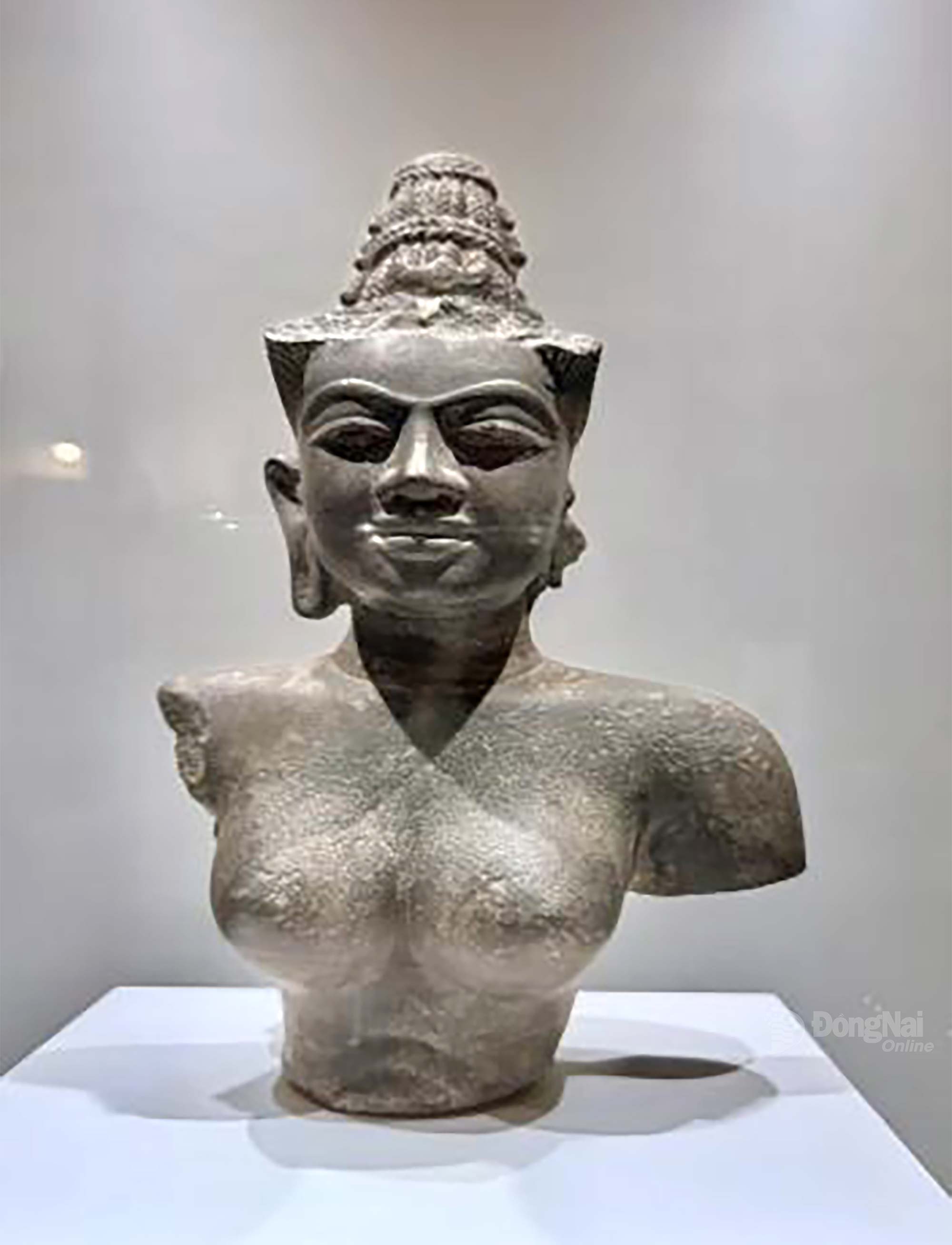

















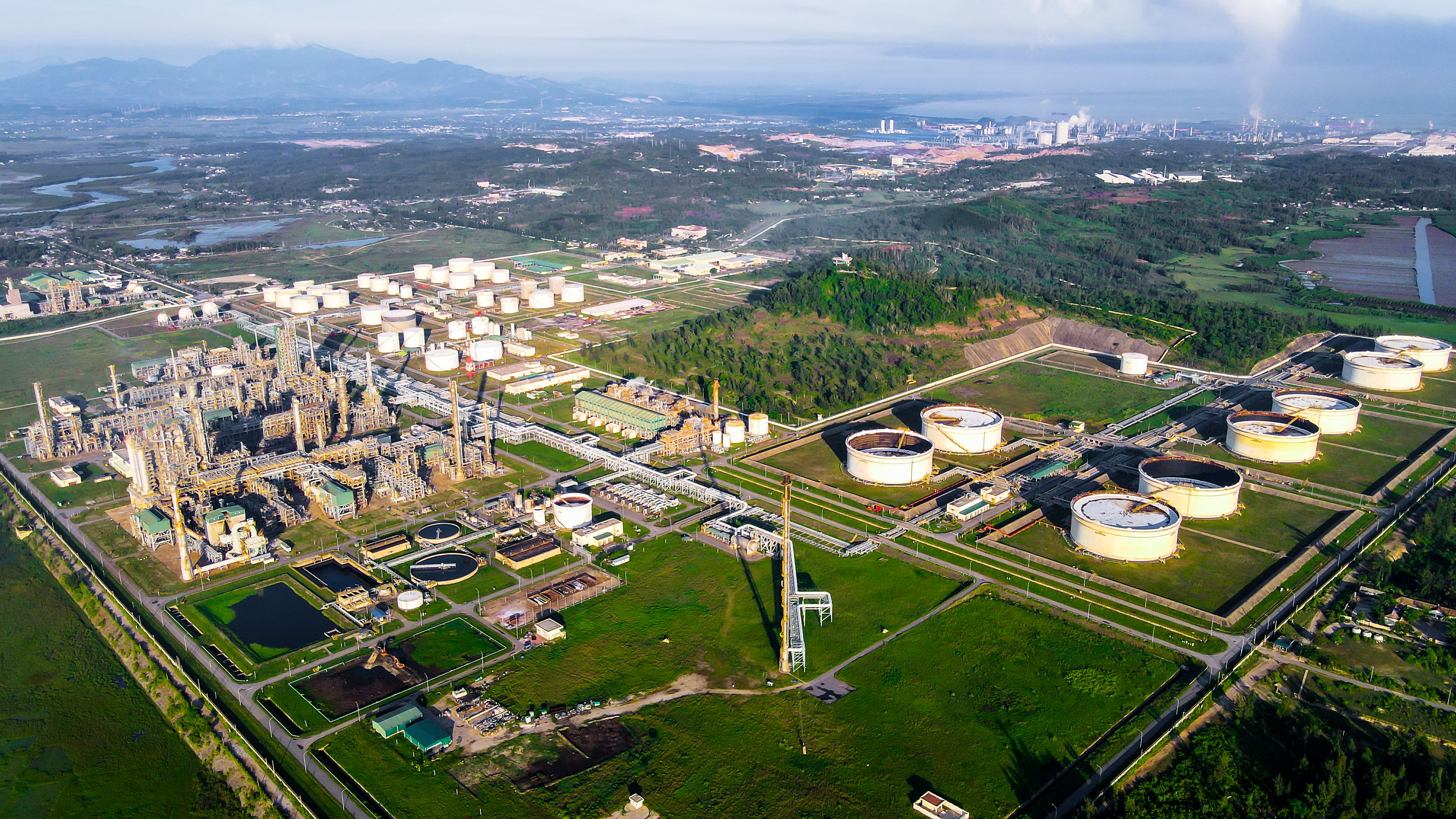






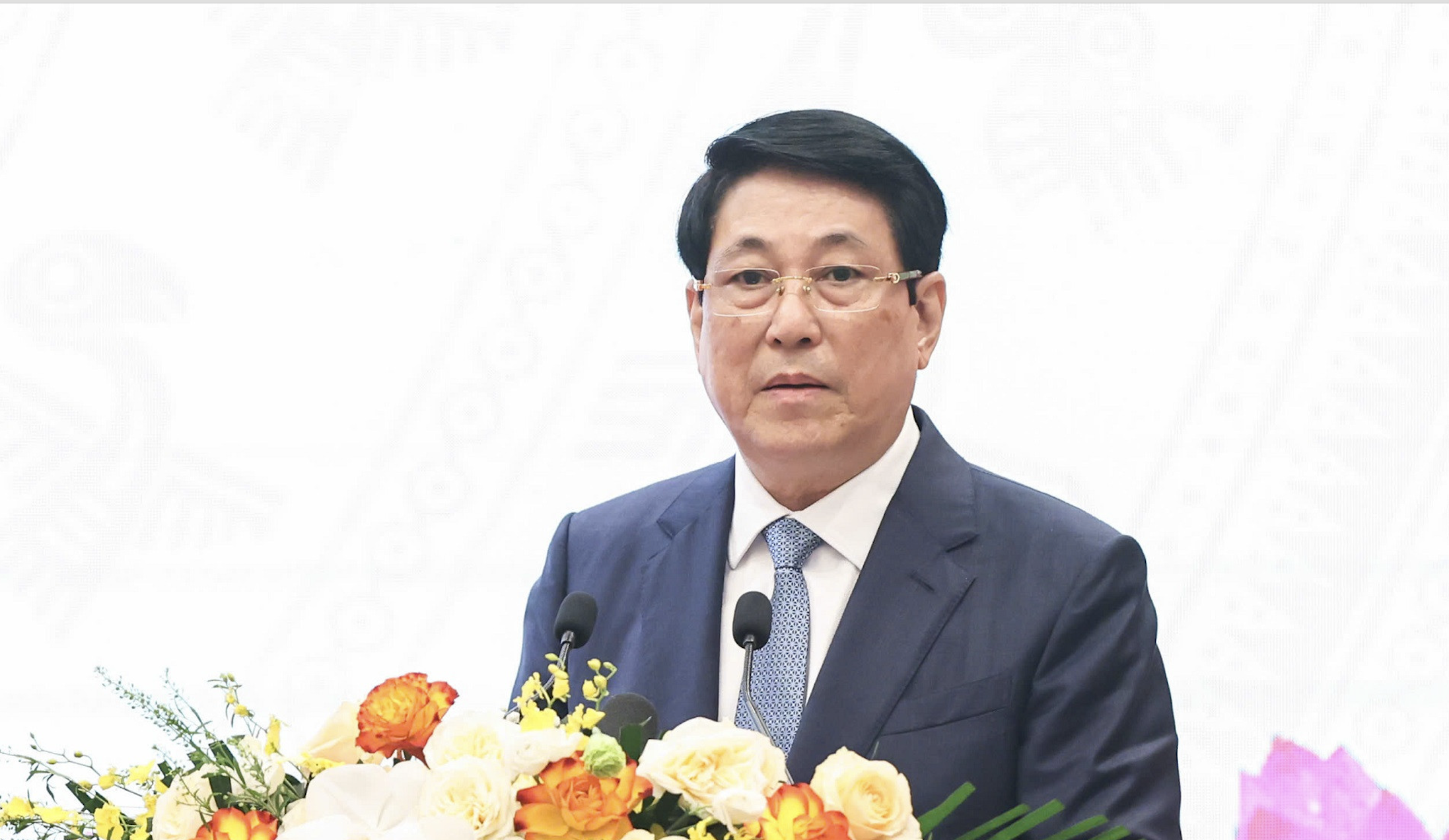


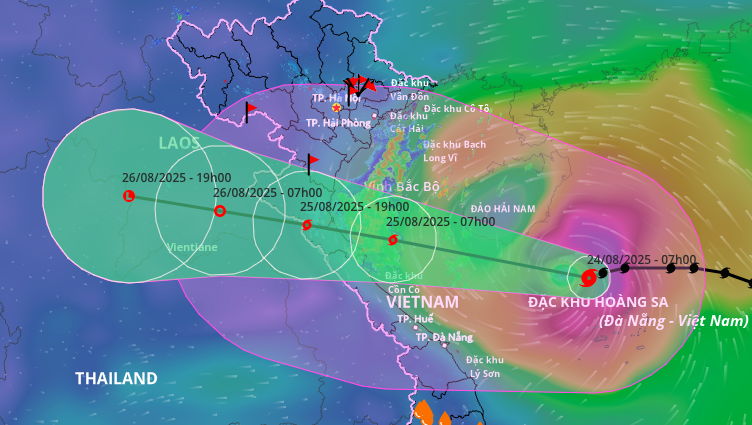




















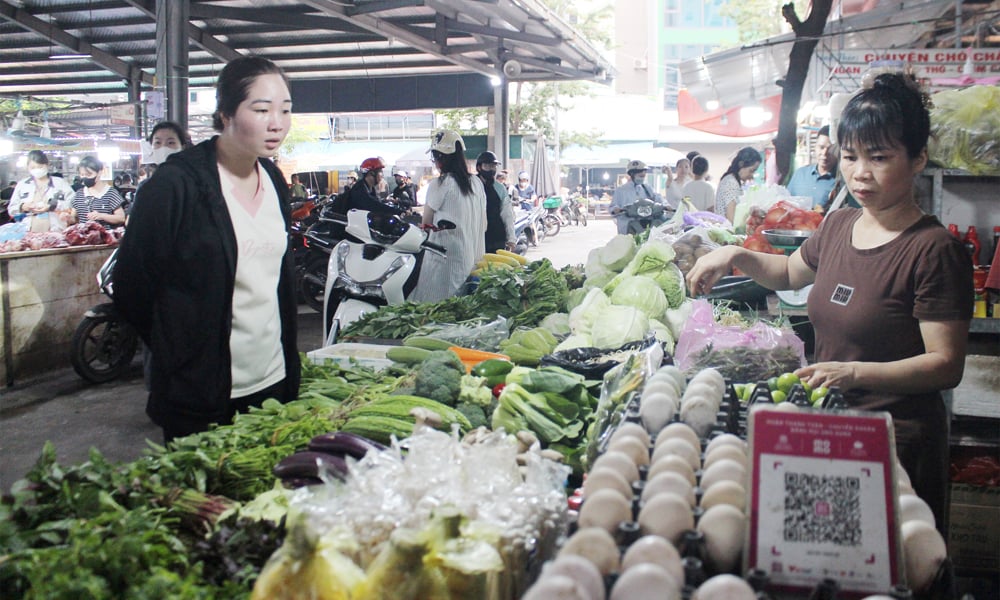














Comment (0)